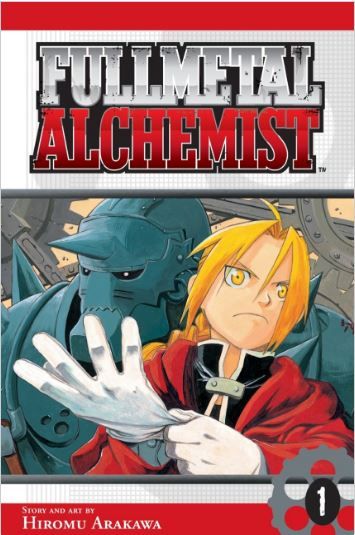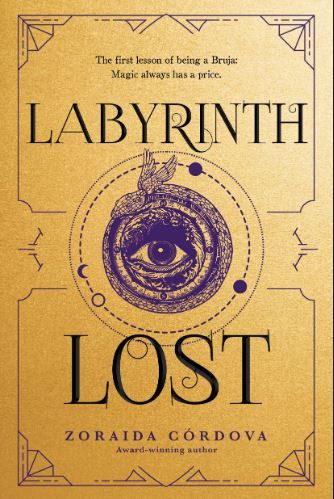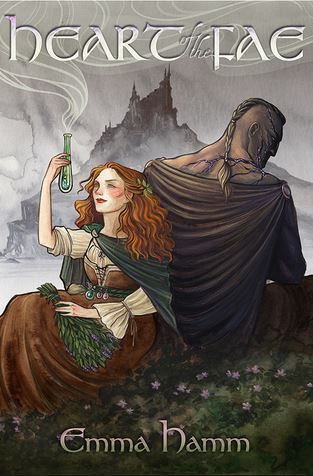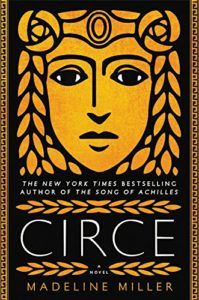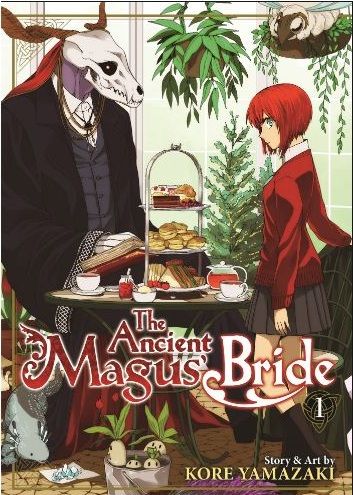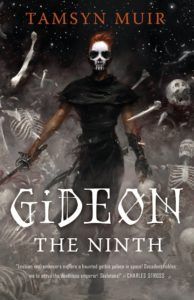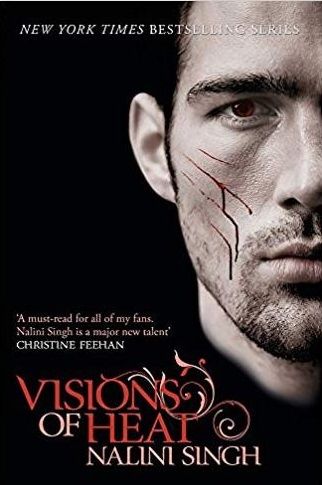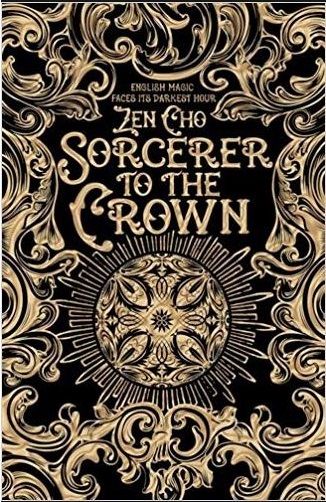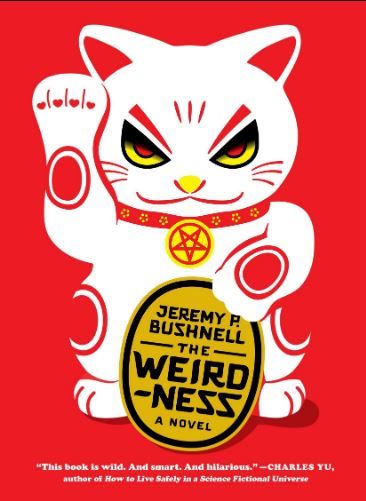Well, fear not! Because we are here to help with a handy-dandy, completely arbitrary taxonomy to help you break down different types of magic users! This is not a definitive list, an expansive list, nor can it ever be a fully accurate list as writers will take these terms and mix them to fit their narratives. But, we will try our best to give you some pretty popular examples. This also is not a bestiary or catalog of magical beasts—that would be a closet full of monsters that we do not want to open. Instead, we’ll be focusing on humans or humanoids which use magic or are magic, but this does not fundamentally alter their species. We’ll also not be looking into very specific, single series terms (e.g. Confessors from Terry Goodkind Sword of Truth Series) or noting every specific iteration for examples. This will still make a pretty handy-dandy quick list in for you burgeoning writers or for an obscure trivia night.
Alchemist
The scientist among magic users, alchemists occupy the space in the imagination as existing in between the practical and the fantastical. They do science and experimentation, but with magical results. They are mythologized to look for ways to produce gold, or perform other miraculous metallurgy. While Alchemy was a real study and a forerunner to a number of sciences, Alchemists have had a bit of a fantastical renaissance, even though previously they have been hard to distinguish as class from wizards or mages. Fiction Example: Edward Elric from Hiromu Arakawa’s Fullmetal Alchemist.
Bruja
“Bruja” is the Spanish word for “Witch” and consequently, “Brujeria” (Noun. f) means witchcraft. In practical, everyday use, the term refers to any person partaking in any mystical or magical activity. You do not, however, necessarily have to be a bruja to partake in brujeria, as some brujeria (horoscopes, protection from the evil eye) can be necessary safeguards against malicious forces, the evil eye or bad luck. The masculine construction of the word, “Brujo” (Noun. m) has also reappeared in fiction and pop culture, to designate male, or masculine presenting witches. We’ve also seen a resurgence in the term, as Latinx people are readopting traditions that had been suppressed through colonization. Fiction Example: Alex from Zoraida Cordova’s Brooklyn Brujas Series.
Druid
Dungeons and Dragons players are very familiar with Druids as a class. It’s one of those types of magic users whose depiction in fiction has been heavily influenced by the game. To be fair, it was an actual religious order first. Among the Celtic, the Druids were the government priest class. They also had the distinction of scaring the Roman Invaders, in part because of their ritual human sacrifice. They were a historical people, but much of that history has been retooled and mythologized. Some of it continues to this day: there are modern Pagans that consider themselves Neo-Druids. Creators tend to present Druids as Irish or Irish-descendants who are very attuned to nature. There may be full-moon dancing involved. Fiction Example: Sorcha from Emma Hamm’s Heart of the Fae.
Enchantress
An Enchantress is a magic-wielding female-coded human or being. Enchantresses are often depicted with a certain hyper-sexuality or sensuality. In other words, they are often depicted as temptresses. The term has been applied most often to witches or magic users that may (often evilly) use their wiles to seduce men, swaying heroes from their missions. Medea or Circe have sometimes been framed as enchantresses. Fiction Example: Circe in Madeline Miller’s Circe.
Exorcist
Any horror fan will be familiar with exorcists. They battle demons and remove them from people who have been possessed. Exorcists in popular media tend to be men, sometimes good looking men, like the Winchester Brothers in Supernatural. Much of this takes place under Catholicism, since becoming an exorcist in the Catholic church is still a thing you can do if you are an ordained priest or bishop. They even have their own organization: the International Catholic Organization of Exorcists. If you’re a man who likes to meet interesting people from the other side, this might be the career path for you! Fiction Example: Abbey in My Best Friend’s Exorcism by Grady Hendrix.
Mage/Magus/Magi/Magician
You may have heard of the three Magi from Christian belief (Balthasar, Melchior, and Caspar in case you have a Holiday quiz coming), who are alternatively called the Three Wise Men. That title, Magi (pl. Magus, singular) may be the root of the word magician. It may have been the name for the priestly class in ancient Persia, but since then it usually refers to a person who studies and practices magic in fiction. The likes of other commercial magicians, like The Amazing Jonathan, Penn and Teller, and Criss Angel, also use this to refer to a profession based on spectacle and misdirection. Fiction Example: Elias from The Ancient Magus’ Bride by Kore Yamazaki.
Necromancer
Time to cue up the creepy music and scare the neighbors, because we are raising the dead! A “Necromancer” is anyone that brings the dead back in some form. Generally, they aren’t usually bringing them back in pristine condition. They might raise a few ghouls, a gargle of zombies, or entire armies of the undead. This is a category that can slide into science fiction, Victor Frankenstein being one of the most iconic necromancers. Pros: Always have back-up dancers for your Thriller flash mob. Cons: Clean-up. Fiction Example: Harrowhark Nonagesimus from Gideon The Ninth by Tamsyn Muir.
Psychic/Seer/Diviner/Medium
This supernatural category refers to people who can see or interact with the spiritual realm or through time. These designations are professions or portrayed as professions. A seer may “see” into the future. A diviner may divine secrets of the past, present, and future. A medium may be a conduit to the spiritual realm, speak or listen to ghosts and spirits, and live in Long Island. “Psychic” can tend to be an umbrella term for all of these, but it’s also become a catch-all term for someone with heavy, natural, mystical power. This sometimes includes the use of all of the aforementioned skills, plus something like telekinesis or mind-reading. In most portrayals, people are born with these abilities. However, sometimes someone may become a seer or medium through a near death experience, such as Cass from City of Ghosts by Victoria Schwab. These are also categories that transcend genres, and we find Psychics in Horror, Science Fiction, Action/Adventure, and Romance. Fiction Example: Faith NightStar from Visions of Heat by Nalini Singh.
Sorcerer/Sorceress
This is another category that has deeply felt the influence of Dungeons and Dragons. Shout out to my fellow spontaneous-caster class players! Because how can you not love a character that can instantly throw lighting from their fingertips? Likewise, in fiction, sorcerers and sorceresses are often emblematic of wild, intrinsic magic, not something studied. Even in fictional use this type of magic user is often used interchangeably with “Wizard” or “Witch” or “Enchantress.” The name comes with a certain amount of respect though, as a Sorcerer or Sorceress is rarely someone to be trifled with or underestimated in fiction. Fiction Example: Zacharias Wythe in Zen Cho’s Sorcerer to the Crown.
Warlock/Witch/Wizard
There is no way to get away from Harry Potter in these designations. By cultural reach alone, wizardry will always be associated with a school with questionable safety practices. Although Harry Potter itself borrows from a lot of classic wizard imagery: Merlin, broom-riding, pets (familiars), the flowing robes, pointy hats and Dumbledore’s general fashion sense. All of it is evocative of the popular conceptions of wizards who exist as powerful, (often very old) magic practitioners. While wizard is largely a neutral term, warlock and witch are often associated with “evil” and “dark magic.” You can thank a long history of actual witch hunts for that. A lot of the modern-day mythology about Witches comes from the 15th century writings of Heinrich Kramer in the Malleus Maleficarum. Kramer details how witches would enter into pacts with the devil, how to prevent witchcraft and how to torture and prosecute Witches, along with many other unsavory things. Witch is often a gendered term, referring primarily to women (1). Wizards and warlocks are largely male magic users. Hence why Rowling uses wizards to denote male, and witch to denote female. Warlocks are typically male witches, and typically portrayed as evil. With different feminist movements, both in the ’70s and now, there has been a revival of Pagan traditions. A lot more people of any gender who practice witchcraft or spellcraft. They have been ebbing away at stereotypes of witchraft being an “evil” practice for decades. And this reshaping has made its way into fiction. Fiction Example: Billy Ridgeway in The Weirdness by Jeremy P. Bushnell At the end of the day, maybe it doesn’t matter what term you go buy, the type of magic user you are, or what kind of hat you wear. Maybe it’s all in the spell, and how you use it. (1). The term “Witch” itself, in early medieval writings, while primarily attributed to women, could be applied to men. There were men tried and murdered for the crime of witchcraft during the 300 years of European witch hunts.

